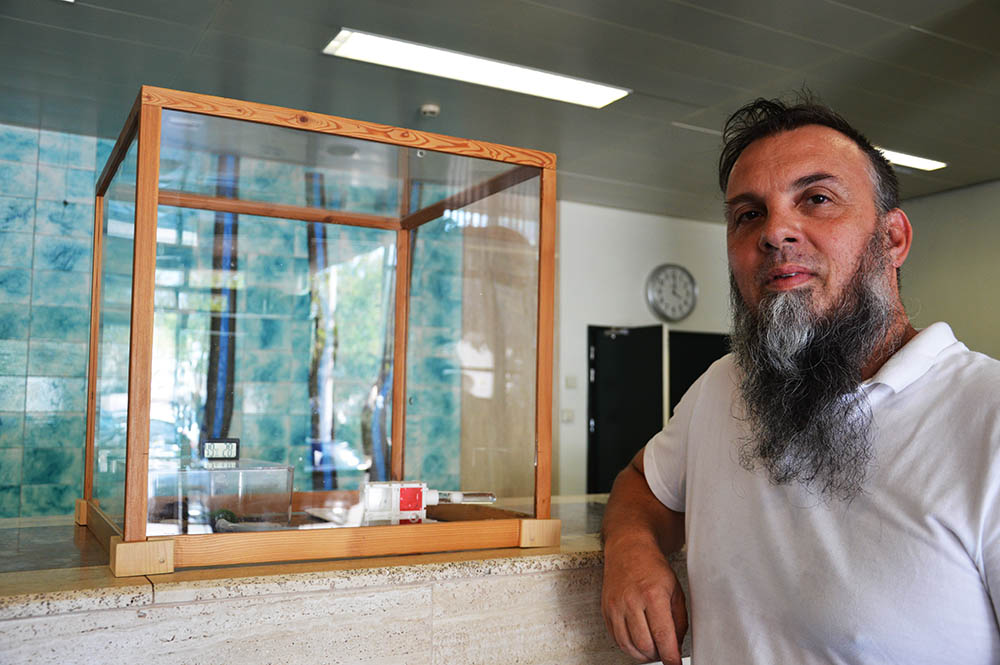 Rui Mesquita is 49 years old, he is a computer engineer, but for eight years he has had a new passion: ants. More specifically, myrmecology, part of the entomology whose object is the study of ants.
Rui Mesquita is 49 years old, he is a computer engineer, but for eight years he has had a new passion: ants. More specifically, myrmecology, part of the entomology whose object is the study of ants.
The passion is such that he already has 18 species of ants at home, mostly European and existing in Portugal, but also some exotic ones. And, with his knack for gadgets, he has even designed some little houses to house his ants' nests, designed by him in a computer program and then produced in a 3D printer in a kind of non-toxic plastic, made of corn polymer.
This hobi is now being shown to the general public in the atrium of EMARP, the Municipal Water and Waste Company of Portimão, until the 8th of September, every weekday from 8:30 am to 17:30 pm.
And it is there that you can see, by those who are going to pay for the water, dealing with some other matter, or even on purpose, some anthills, with their ants of various species, queens, eggs and the whole complex world of these animals.
Of the species that are exhibited at EMARP, the only one that is endemic to Portugal, that is, which, in its wild state, only exists in our country, is the Lusitanicus Messor. And Rui Mesquita knows everything – or at least tries – about this Portuguese ant. “A queen of this species can live up to 20 years in captivity. In Nature we don't know», he explains to the Sul Informação.
The ant is a hymenopteran insect (of the same family as wasps and bees) of the ant family, and has several popular names: garden ant, argentina, black, red, wood, cork ant…
Most ants, explains Rui Mesquita, live "in complex societies", where "a system of caste». In the Lusitanicus Messor, there's two castes: the queens, which, being of the same species, are much larger than the workers. And there are also the males, which are not inside the anthill and are almost as big as the queens, but they are short-lived, since, says Rui Mesquita, "they only exist for reproduction, then they die".
But, among the 10 species of ants that exist all over the world - only they are not found in the polar regions -, there are other species that have more castes: queens, workers minor and workers major, soldiers. “Ants are fascinating, there is always a lot to learn from them and about them”, guarantees the myrmecologist.
And what are the agudia, those big ants with wings on which birds feed and which were used precisely to catch birds in traps? “They are mostly queens and also some smaller males,” he explains.
Around October, with the first rains, these agudia use their wings to leave the nest and take off, to reproduce. “Copulation takes place in flight, but then the male dies,” says Rui Mesquita. The queen then finds a new place to stay and 'forces her wings to fall. Until the first eggs give rise to worker ants, which then feed the queen, she feeds on the muscles of her wings. Then, when the first workers leave, they are the ones who take care of the queens, who have the life of… queens», he adds, with a smile.
Rui Mesquita talks about several strategies that ants use to solve their practical problems. For example, to cross an area with liquid paraffin, used around your artificial anthills to prevent some from escaping and others from entering. “It has happened to me that ants were putting their garbage on top of liquid paraffin, to make a bridge so that they could pass through”, he says.
In addition, "the ants are the only animals that, like man, do herding," he guarantees. "In the lemon trees, they take the aphids there, which feed on the sap of the tree and secrete a substance that the ants eat."
For all these reasons, «there are countries where schools keep or take students to observe the anthills, so that they can learn from them: things like work, perseverance, wisdom… In Portugal, this hobby has no relevant meaning, although it appears sporadically "antfarms” by pet stores”.
And is dedicating yourself to myrmecology a lot of work? «There is no work, but you have to be careful. It is necessary to give them water and food. If we neglect a week, it's the death of them and the queen», he predicts.
And what do ants eat? It depends on the species. There are those who eat dead insects, others prefer them alive, others eat seeds (“I give them canary seed, because it's a mixture of seeds and they can choose the ones they like best”), sugar, honey. «Sometimes, in the same species, there are ants that like something and others that don't. In winter, I give them a gel with protein, but some eat and others don't touch…»
Is it true that ants are greedy? «The original species of ants in Portugal do not eat sugar», guarantees the specialist. «The ones who eat sugar are the tropical ants, who dilute it in water».
Rui Mesquita could spend hours talking about ants. The study of ants has attracted naturalists since antiquity and children often keep anthills to observe their activities.
There are ants in the most diverse places, trunks, leaves, rocks and underground. They create tunnels, sometimes hundreds of meters or even kilometers long, that allow air to circulate, which, in the case of the subsoil, makes the land more productive and benefits agriculture. Some species of ants kill harmful insects that destroy crops. But there are also some species of harmful ants: they invade homes and warehouses in search of food and can destroy plants, including crops.
One of the exotic ants that spread the most in Europe was the small Argentine ant, which, according to Rui Mesquita, "is cataloged as a pest." “When she came to Europe with bananas, she got used to a different habitat and even changed some of her habits. Their queens get along well with each other and, therefore, instead of having several anthills, what we have is a mega anthill in southern Europe».
When Rui Mesquita became interested in the subject, there were still few fans of ants in Portugal. "From France onwards, it's been a habit for many years to have ants as a pet," he jokes. But currently, with the help of social networks, especially facebook, «more interested people are starting to appear. One shares a photo of ants, another wants to know more about the subject straight away».
And there's even an internet community dedicated to Portuguese myrmecologists, which can be found here.
On an international level, Rui Mesquita says that he is used to «exchanging ants with other collectors, in the country and abroad». Although this is not the case for you, you know that there are examples that are extremely expensive: the queen of an Australian species can cost 800 euros.
And there are also, on the internet, specialized stores to buy specimens of ants. In other words, as with any other domestic animal, ants also generate a whole business around them. For now, as far as we know, there are no ant beauty contests yet. But one day, who knows?...
Useful information:
Portuguese Myrmecology Community
Specialty stores:
Rui Mesquita Contacts:
https://www.facebook.com/ruimeskuita
Photos: Elisabete Rodrigues|Sul Informação
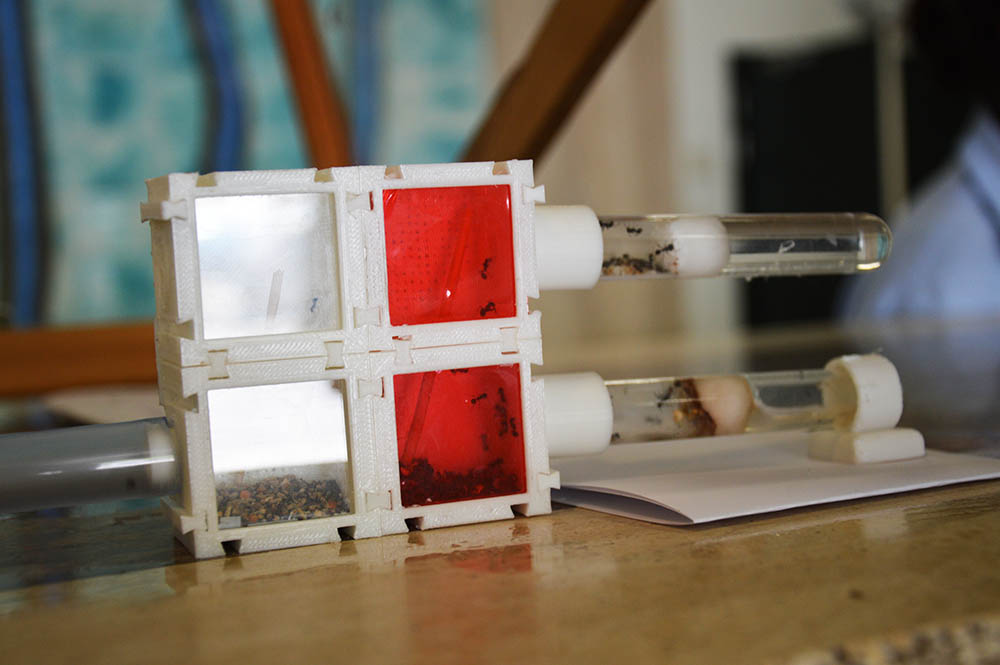
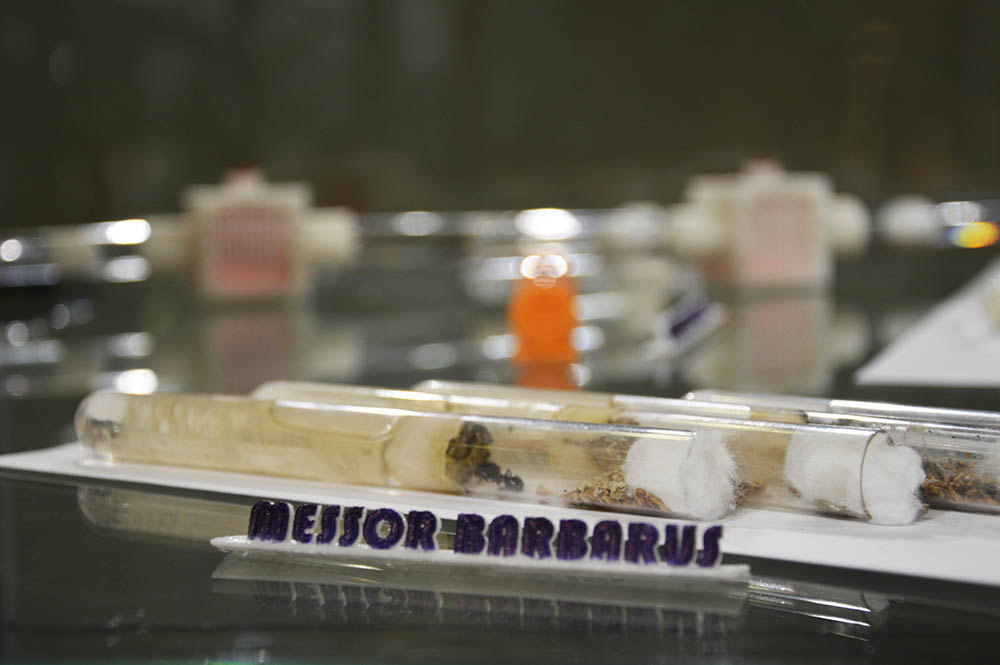
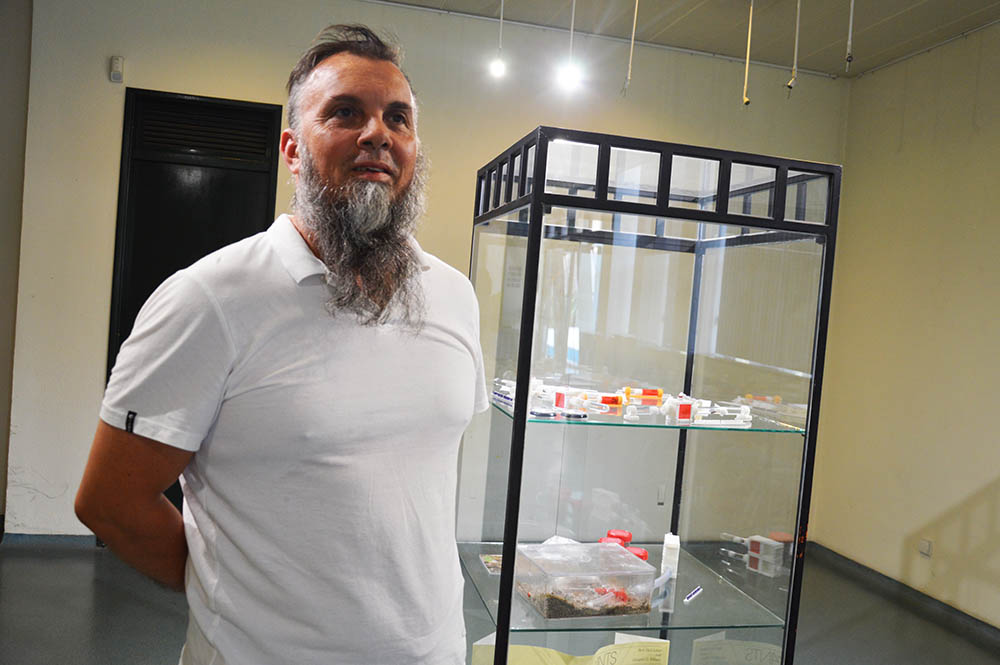
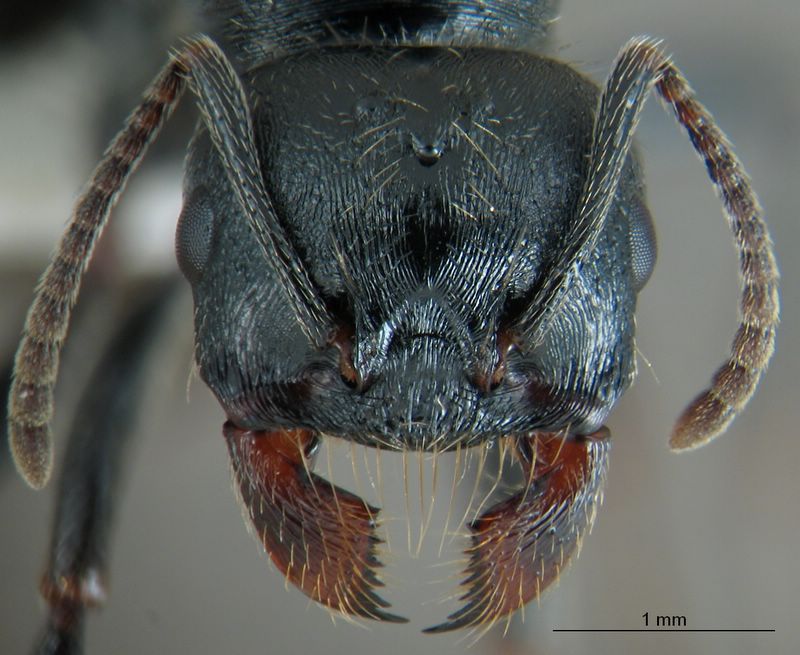
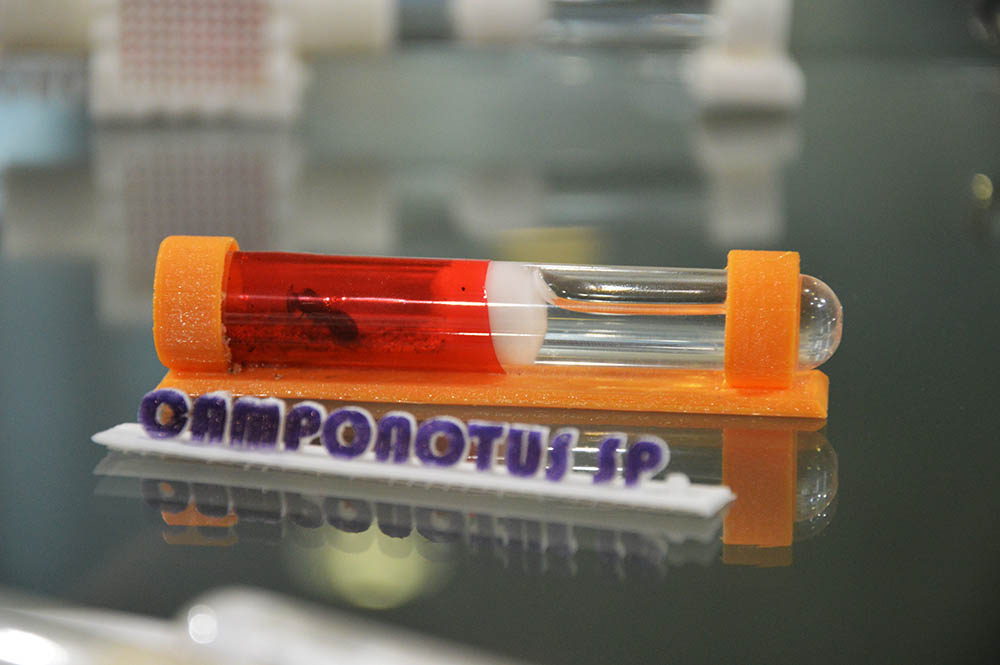
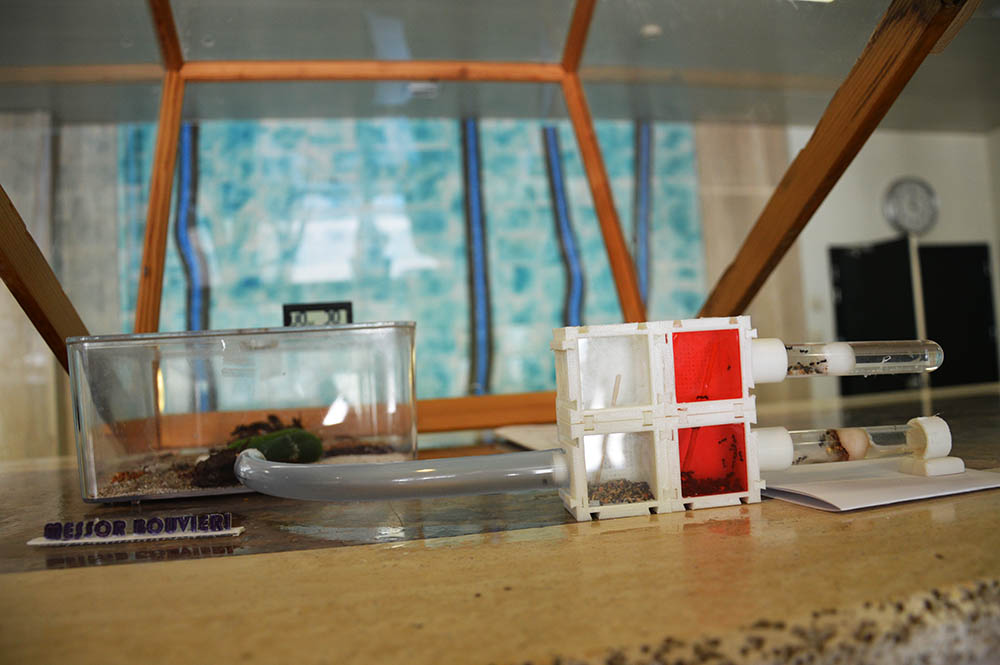
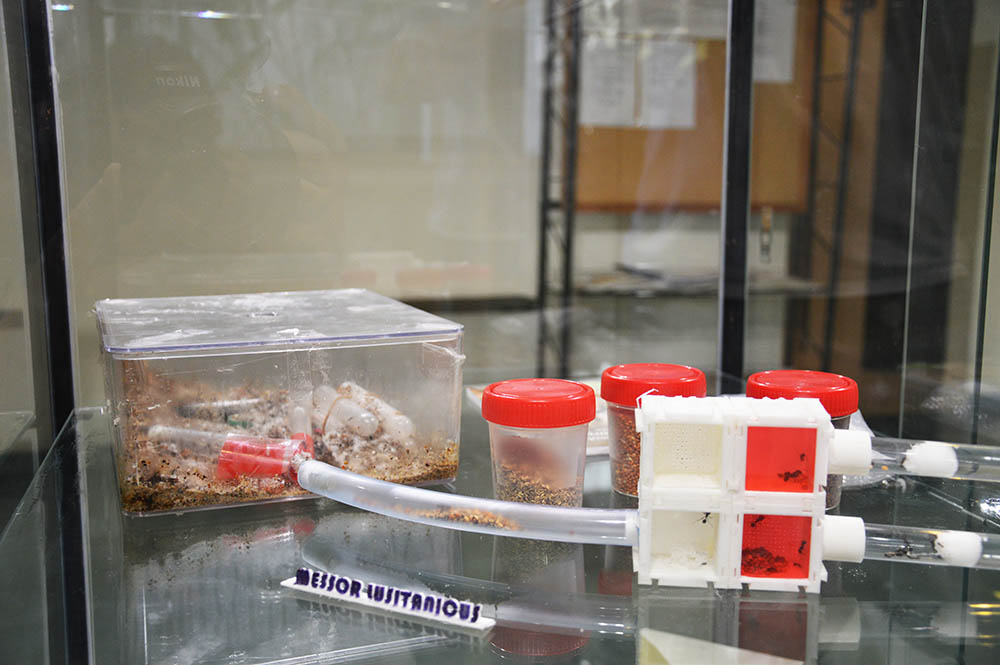
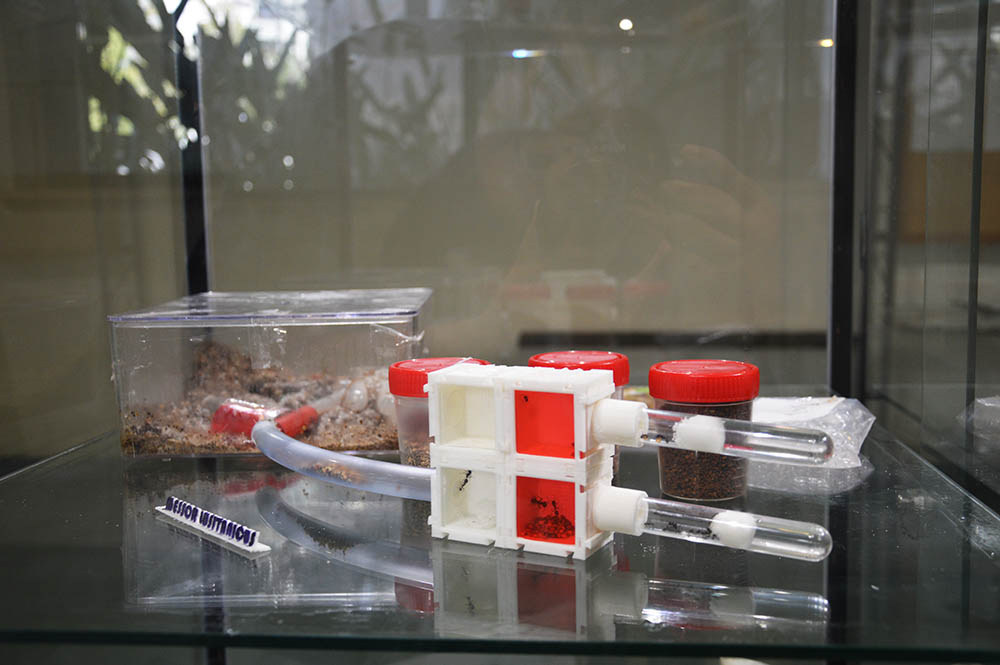
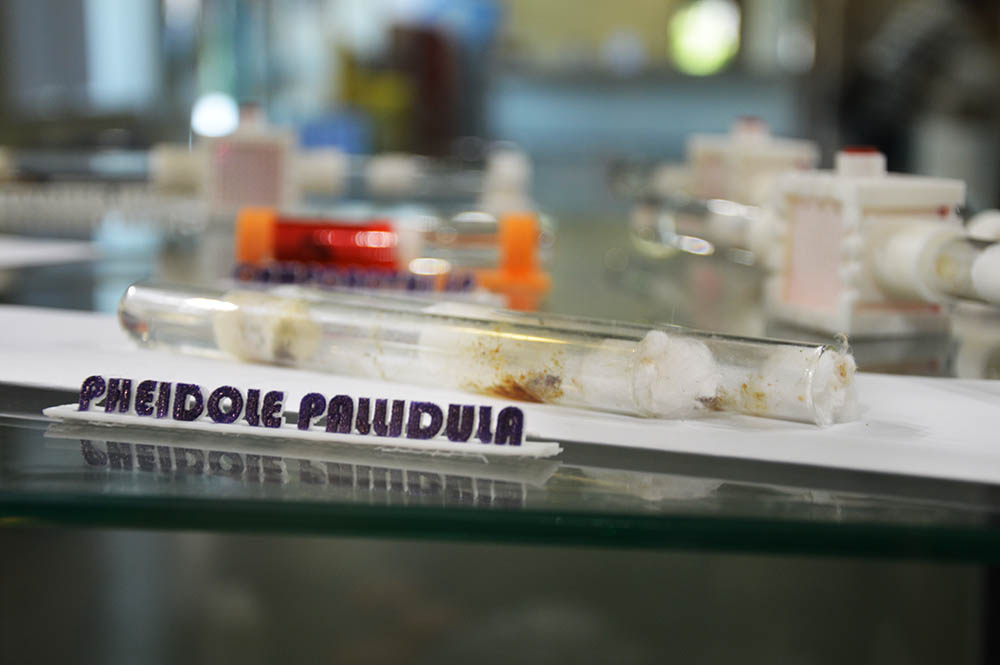
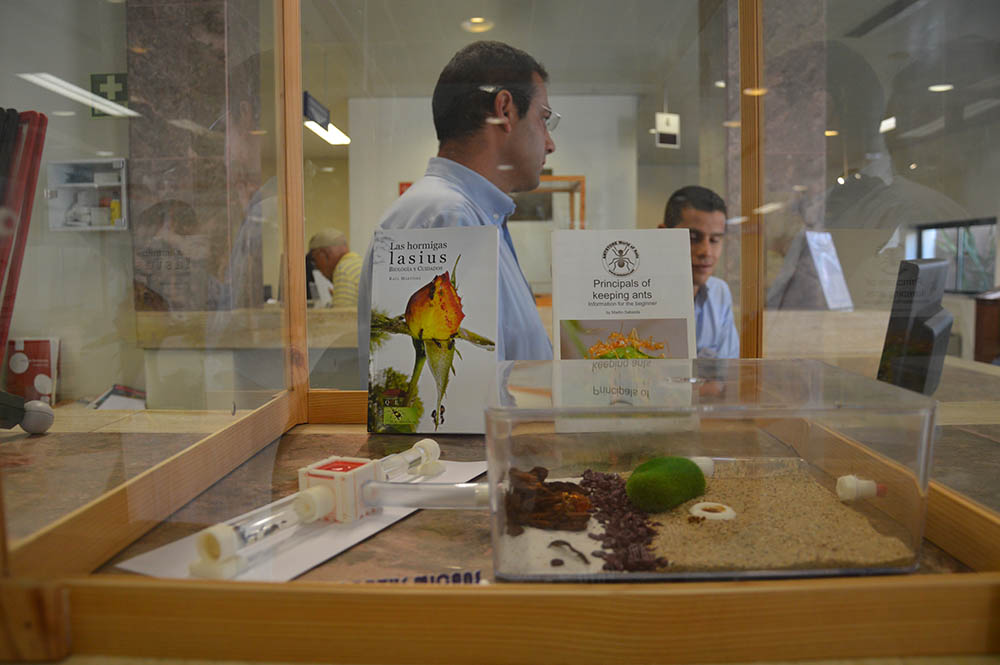


















Comments